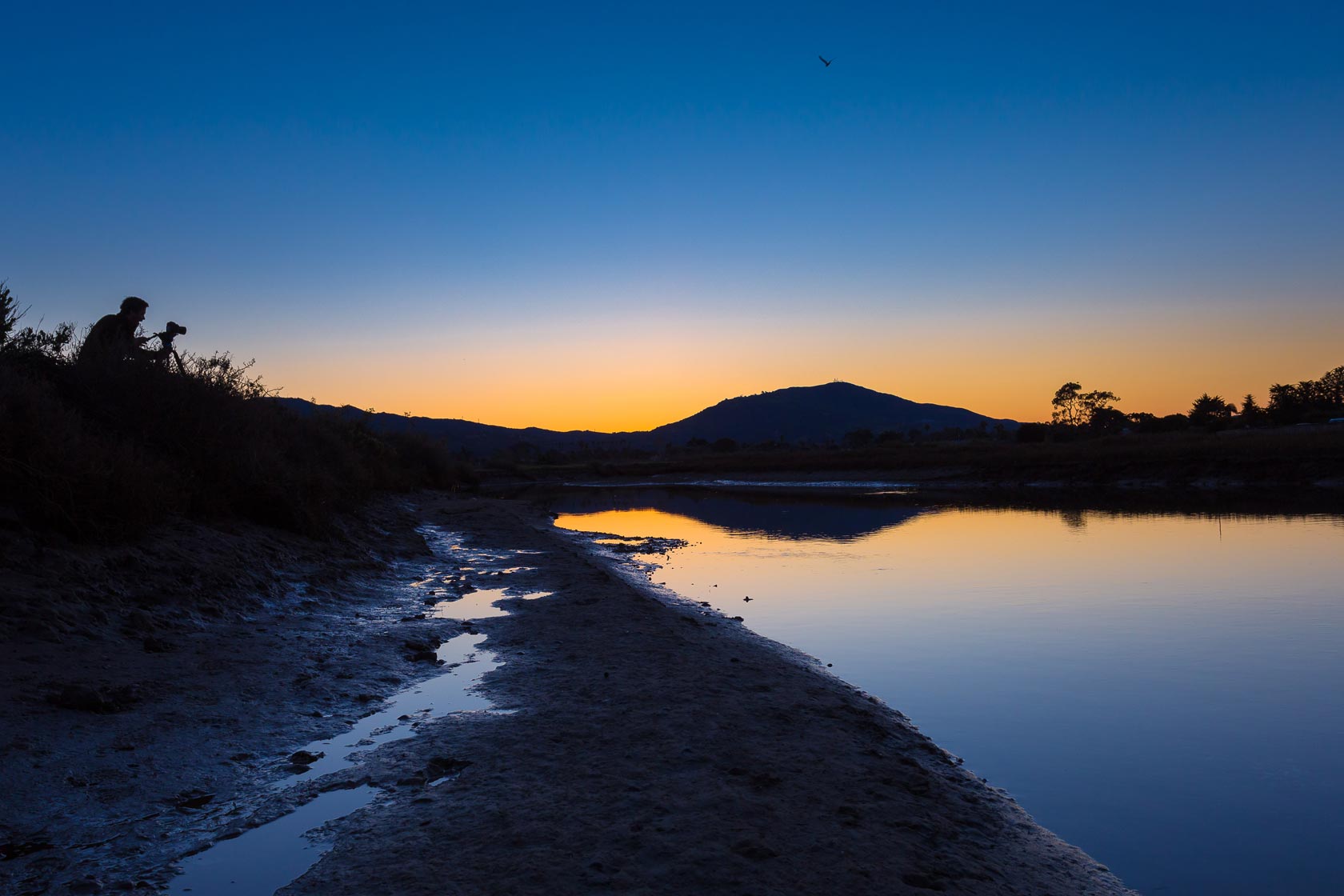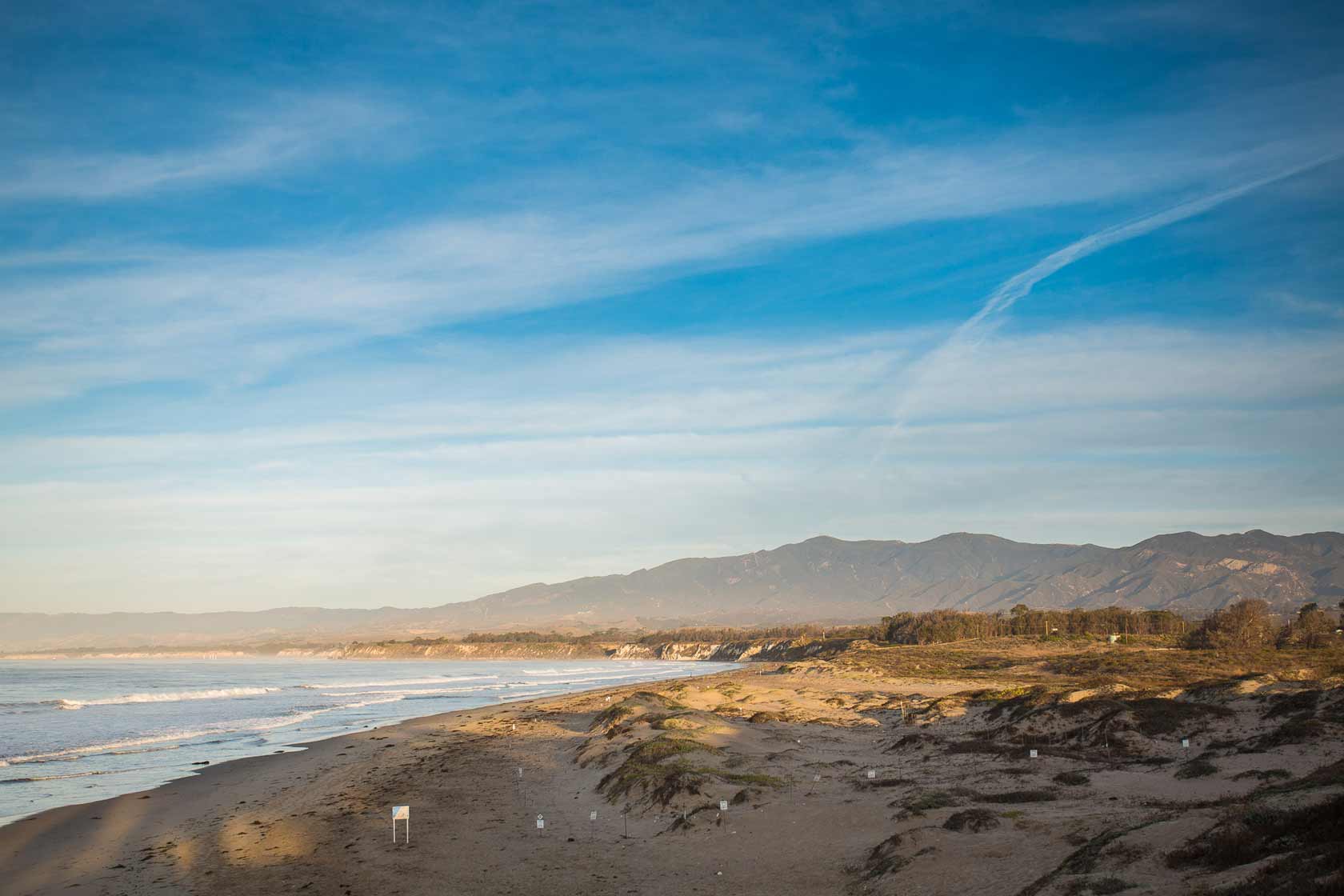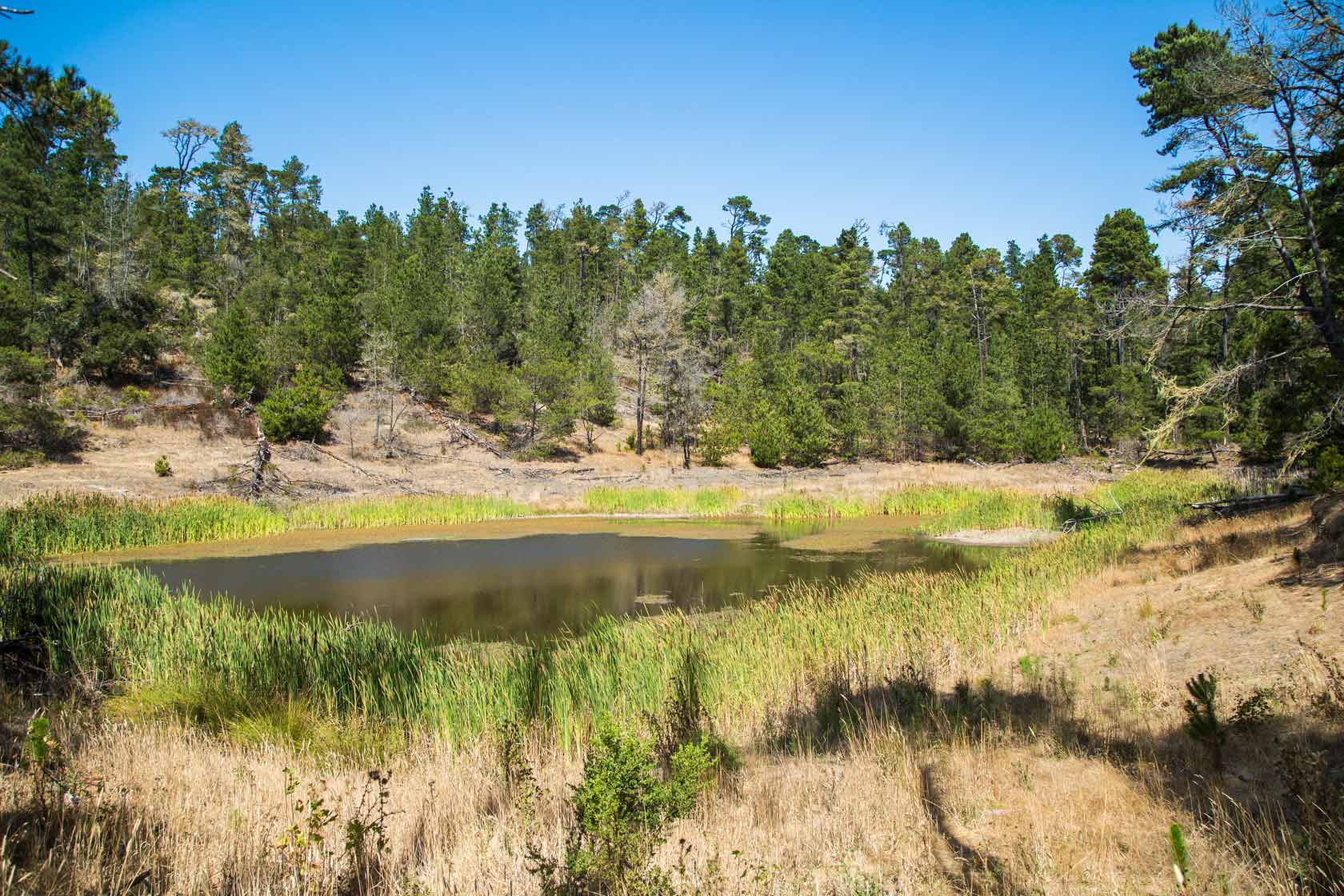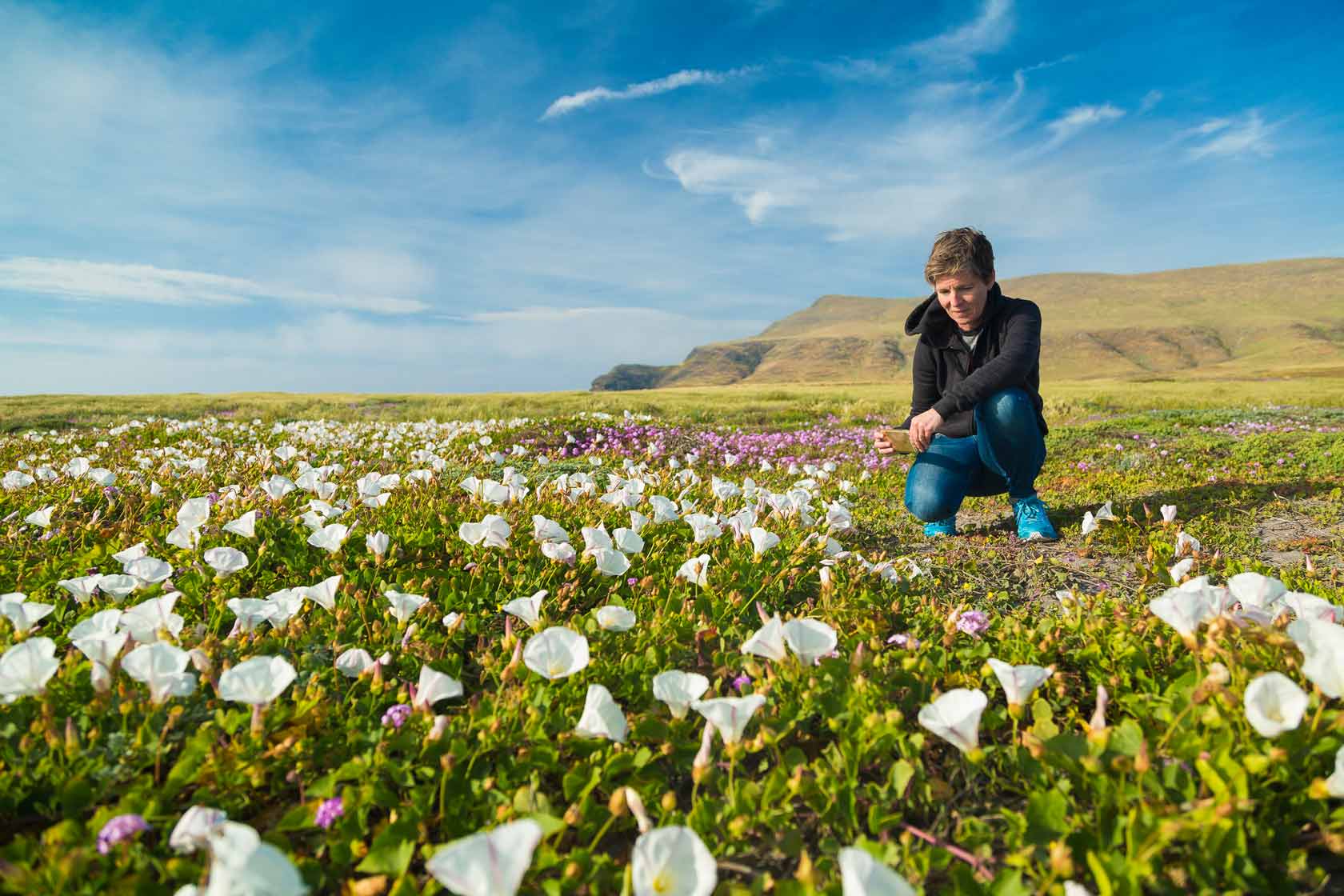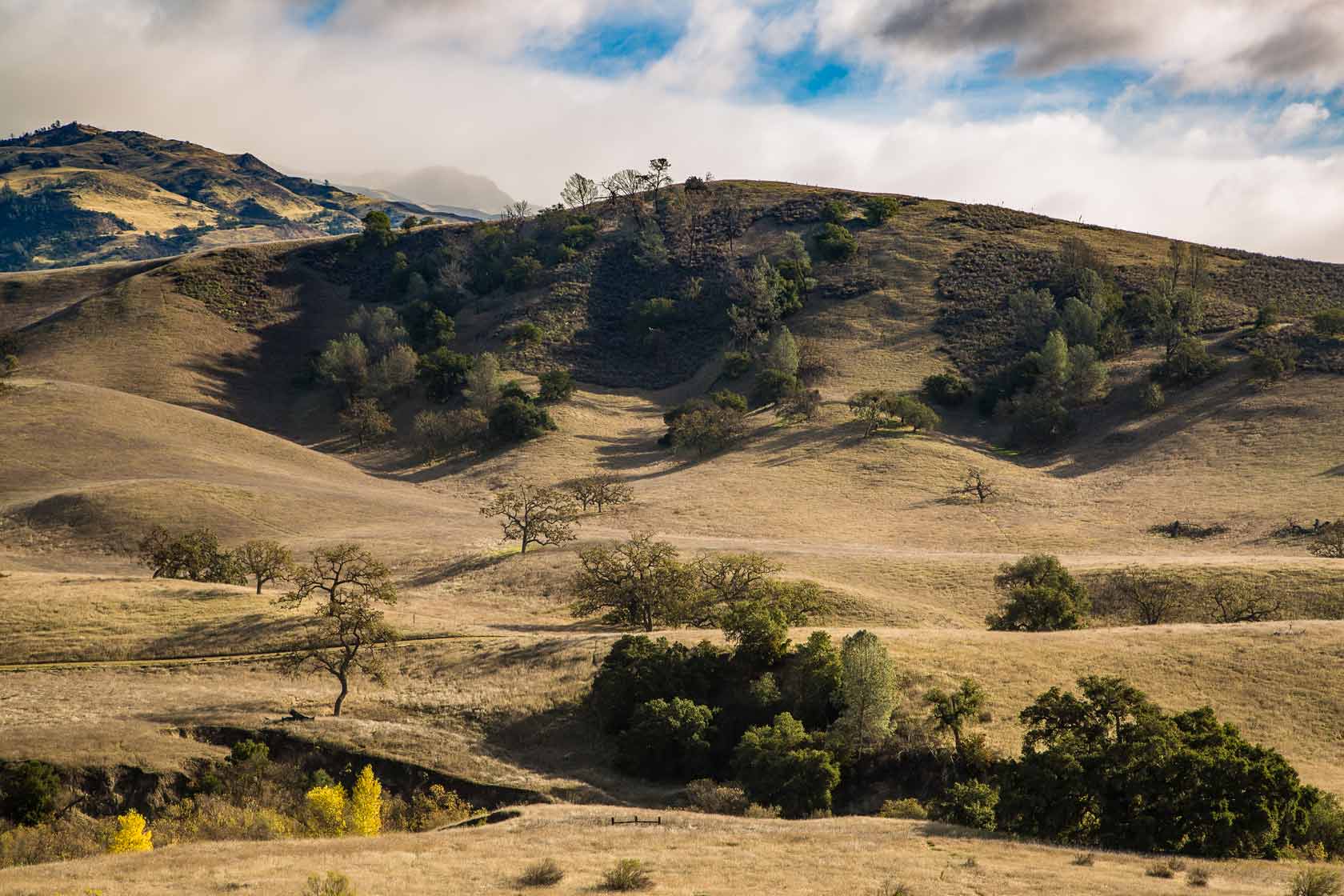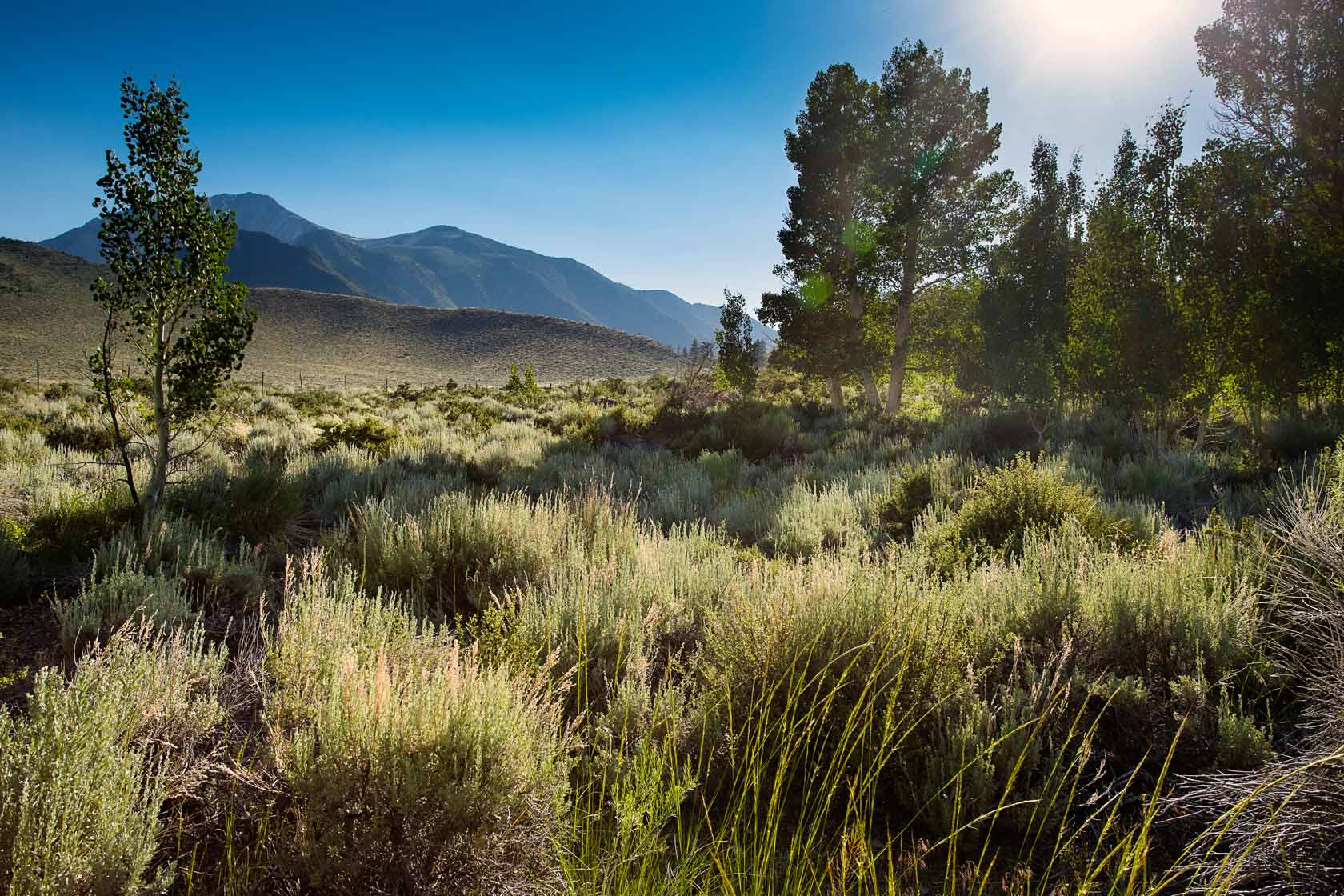The University of California manages 39 natural reserves covering more than 700,000 acres--the largest network of university-run field stations in the world--through the UC Natural Reserve System. UCSB manages seven of these reserves: Carpinteria Salt Marsh Reserve, Coal Oil Point Natural Reserve, Kenneth S. Norris Rancho Marino Reserve, Santa Cruz Island Reserve, Sedgwick Ranch Reserve, and Valentine Eastern Sierra Reserve including the Sierra Nevada Aquatic Research Laboratory.
Carpinteria Salt Marsh
Protects a critically important estuarine ecosystem that supports many sensitive plant and animal species.
Coal Oil Point
Includes coastal dune and wetland ecosystems that provide critical habitat for migratory birds and threatened and endangered species.
KSN Rancho Marino
Has some of the most spectacular stretches of coast in central California and one of the few remnants of Monterey pine forest left in the state.
Santa Cruz Island
The largest of the Channel Islands and the site of important archaeological resources and many endemic plant and animal species including the island fox.
Sedgwick
Over nine square miles at the base of Figueroa Mt. encompassing a diverse array of geological features and a wide variety of vegetation types and wildlife.
Valentine Eastern Sierra Reserve
Comprised of two reserves, the Sierra Nevada Aquatic Research Laboratory and Valentine Reserve, with excellent facilities to support research and teaching throughout the region.
